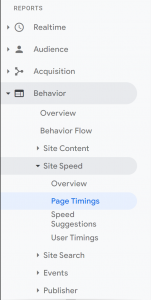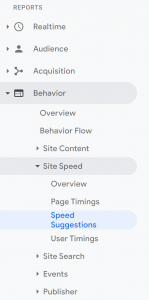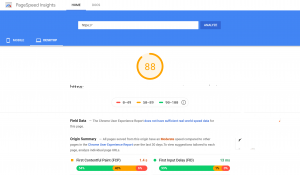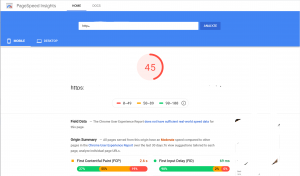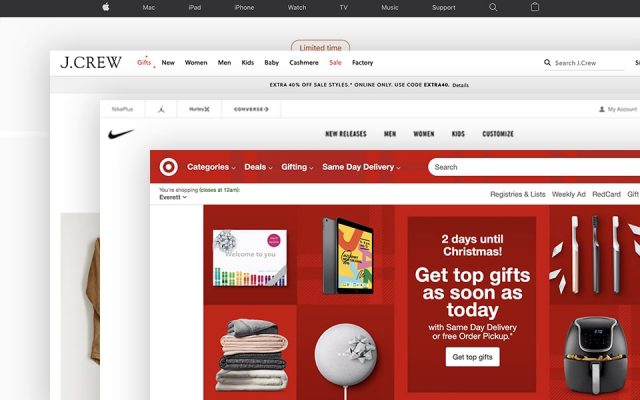Facebook Ads and the legal industry have had a complicated relationship. Due to the private matters covered by lawyers and the very public venue of Facebook, clients aren’t always jumping out of their seats to click on ads about the more sensitive issue in their lives. Even if they do click on the ad, they often won’t convert immediately.
This can be brutally obvious when you look at where your website traffic is coming from, and what’s turning into conversions. This is a screenshot of the result of traffic from Facebook, both as referrals and as paid advertising. As you can see, it’s not very impressive.

Then there’s the other hand when targeted Facebook ads are more efficient than most PPC. Here’s a different site, from the same period:
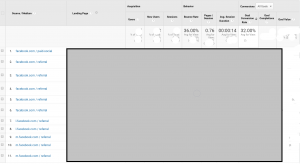
Facebook is a necessity for firms to have from a business perspective. Having a business page is incredibly beneficial when it comes to reviews and having an online presence. Facebook advertising is more of a game of give and take.
What’s important to know is that Facebook ads are rarely used for directly converting clients, but rather for visibility and remarketing. The platform is designed for very specific targeting and practically unlimited visibility. Want to show the same person the same ad 10 times every day for a week? Facebook lets you do that.
This doesn’t mean that the person is going to click on the ad, rather the ad is meant to make an impression. A person who sees the name of the same law firm 10 times a day is going to remember it. The ad may never get clicked, but the person may turn into a client down the road.

